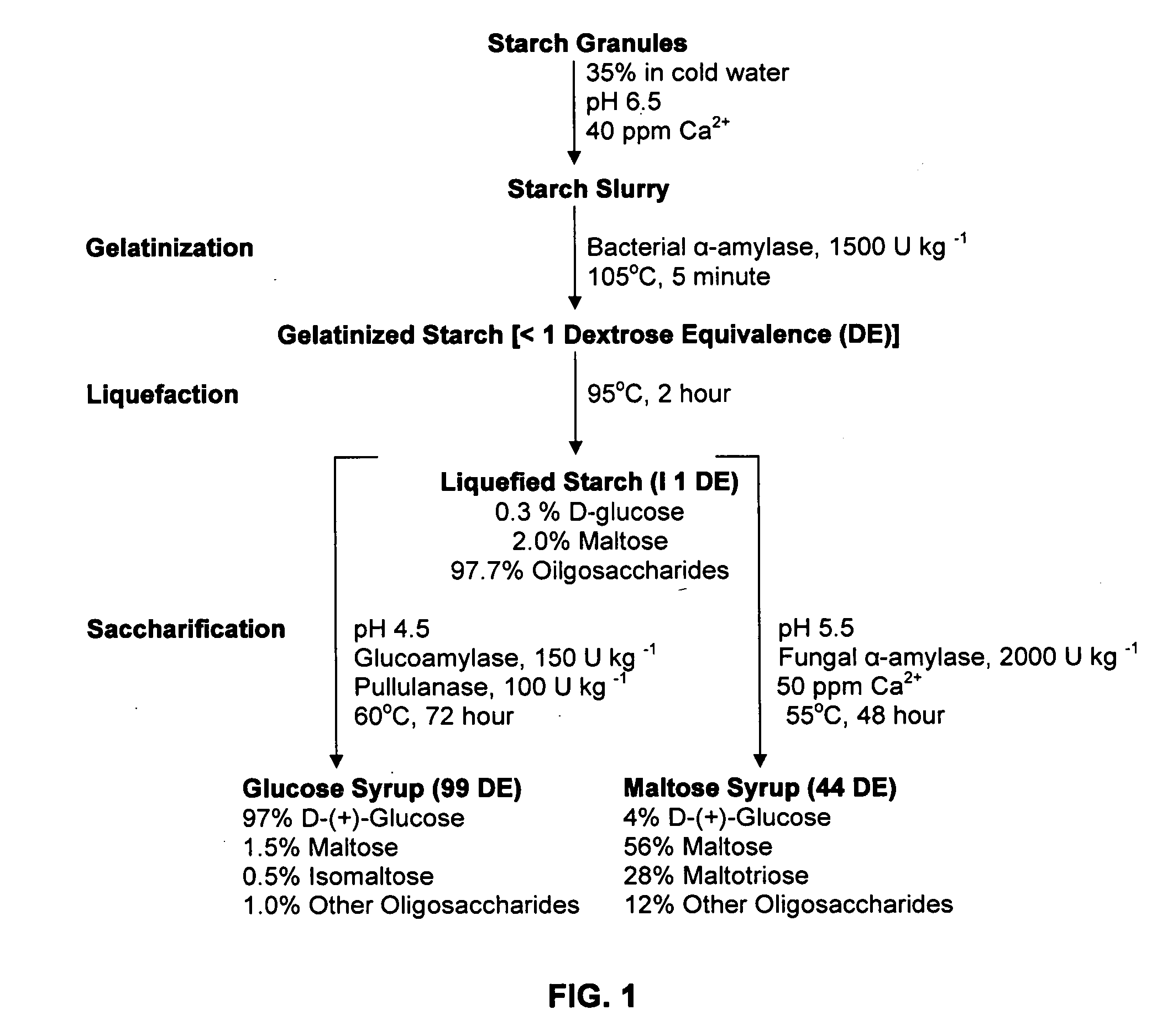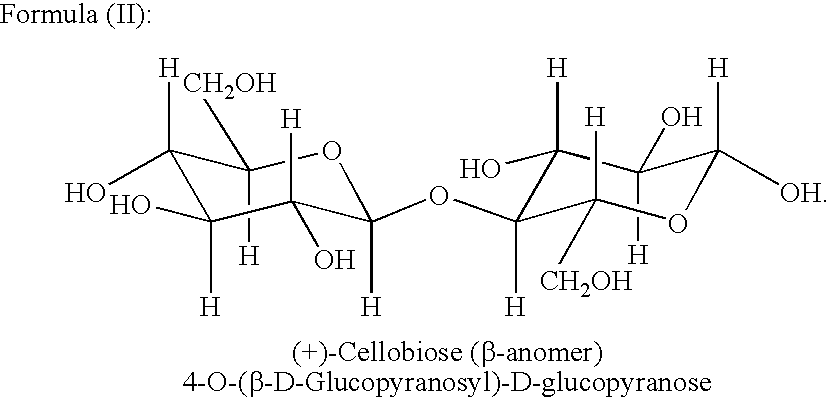Barrier film-forming germicidal composition for controlling mastitis
a barrier film and composition technology, applied in the field of barrier film-forming germicidal composition for controlling mastitis in animals, can solve the problems of loss of dairy farmers, incidence of mastitis in cows or dairy animals, death of dairy animals,
- Summary
- Abstract
- Description
- Claims
- Application Information
AI Technical Summary
Benefits of technology
Problems solved by technology
Method used
Image
Examples
examples
[0092]The compositions and methods will be further illustrated by the following non-limiting examples.
Representative Formulations (Examples DL-1 to DL-49)
[0093]The composition of the present disclosure may be prepared according to the following steps. The order of addition is intended to be a guideline only, and may be modified by a person of ordinary skills in the art. The total amount of the mixture can also be adjusted according to the intended application. The amount of each component to be added is set forth in examples identified as formulation DL-1 to DL-49 in Tables 3-8.
[0094]Unless otherwise specified, ingredient amounts reported in these tables are on the basis of weight percent to the total composition. It will be appreciated that the overall stability of these mixtures was quite good; however, especially as shown in Table 7, some of the mixtures developed a haziness or precipitate (PPT). The primary cause of this was precipitation of salicylic acid, as confirmed by infra...
example dl-50
Manufacturing Process
[0105]To mix the foregoing ingredients, water is charged into a mixing tank, and stirred to create a vortex. Keltrol R (xanthan gum) is added into the tank by slowly spreading into the vortex to facilitate quick mixing. Maintain a speed of the agitator for uniform mixing and for avoiding aeration. Continue mixing until the solution is homogeneous and no lumps are visible and present. Add liquid sorbitol and / or glycerin into the tank and mix for 5 minutes or until the mixture becomes homogeneous. Add maltodextrin M040 by dispersing slowly into the vortex and continue mixing until it is completely dissolved. Add salicylic acid by dispersing slowly into the vortex and continue mixing until it is completely dissolved. Add alantoin and pluronic F108 slowly and mix until they are completely dissolved and continue recirculation. Pump lactic acid, benzyl alcohol, sodium dioctylsulfosuccinate (Aerosol OT-75), Tween 80 and continue mixing until the solution is uniform and...
example dl-51
Antimicrobial Efficacy Studies
[0106]The teat dip formulation identified as the formula in Example DL-23 was subjected to a suspension test for evaluation of biocidal activity according to European Standard NF EN 1656 “Chemical disinfectants and antiseptics—Quantitative suspension test for the evaluation of bactericidal activity of chemical disinfectants and antiseptics used in veterinary field—Test method and requirements—(Phase 2, step 1)—April 2000. The principle of testing was to determine bactericidal activity in accordance with the reference strains Enterococcus hirae CIP 5855 and Staphylococcus aureus CIP 4 83. Test samples were stored at room temperature in darkness.
[0107]A dilution-neutralization solution was prepared according to Table 9.
TABLE 9Dilution-Neutralization Solution.Lecithin:3gPolysorbate 80:30gSodium thiosulphate:5gL-histidine chlorohydrate:1gSaponine:30gDistilled water:Q.s.p. 500ml.Phosphate buffer 0.25 mol / l:10ml.Distilled water:Q.s.p 1000mlNeutralizer added t...
PUM
| Property | Measurement | Unit |
|---|---|---|
| Fraction | aaaaa | aaaaa |
| Fraction | aaaaa | aaaaa |
| Fraction | aaaaa | aaaaa |
Abstract
Description
Claims
Application Information
 Login to View More
Login to View More - R&D
- Intellectual Property
- Life Sciences
- Materials
- Tech Scout
- Unparalleled Data Quality
- Higher Quality Content
- 60% Fewer Hallucinations
Browse by: Latest US Patents, China's latest patents, Technical Efficacy Thesaurus, Application Domain, Technology Topic, Popular Technical Reports.
© 2025 PatSnap. All rights reserved.Legal|Privacy policy|Modern Slavery Act Transparency Statement|Sitemap|About US| Contact US: help@patsnap.com



